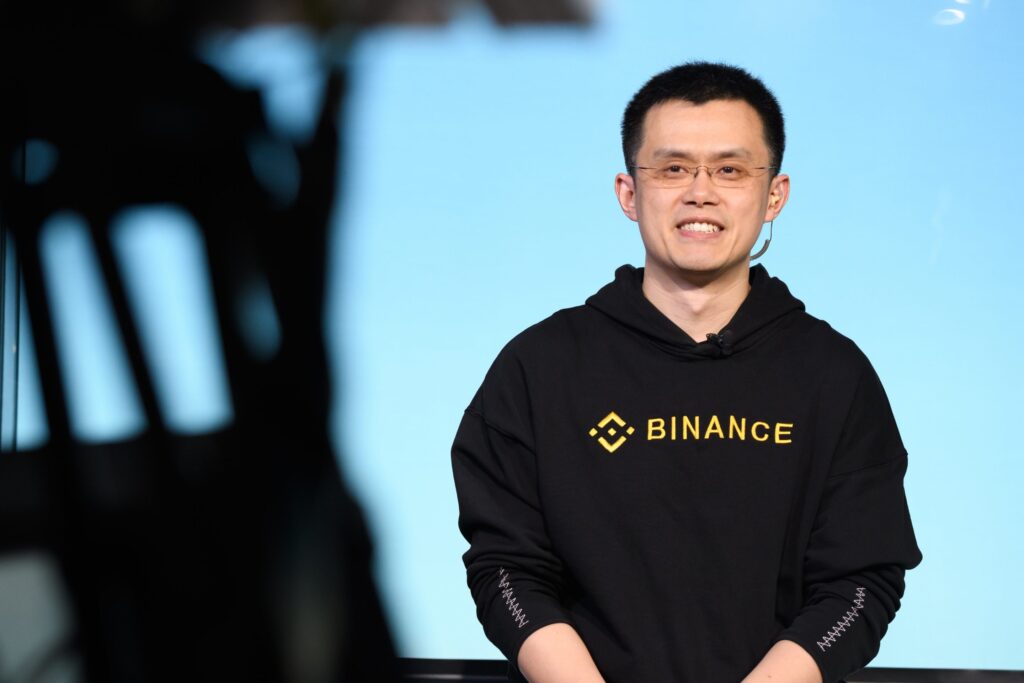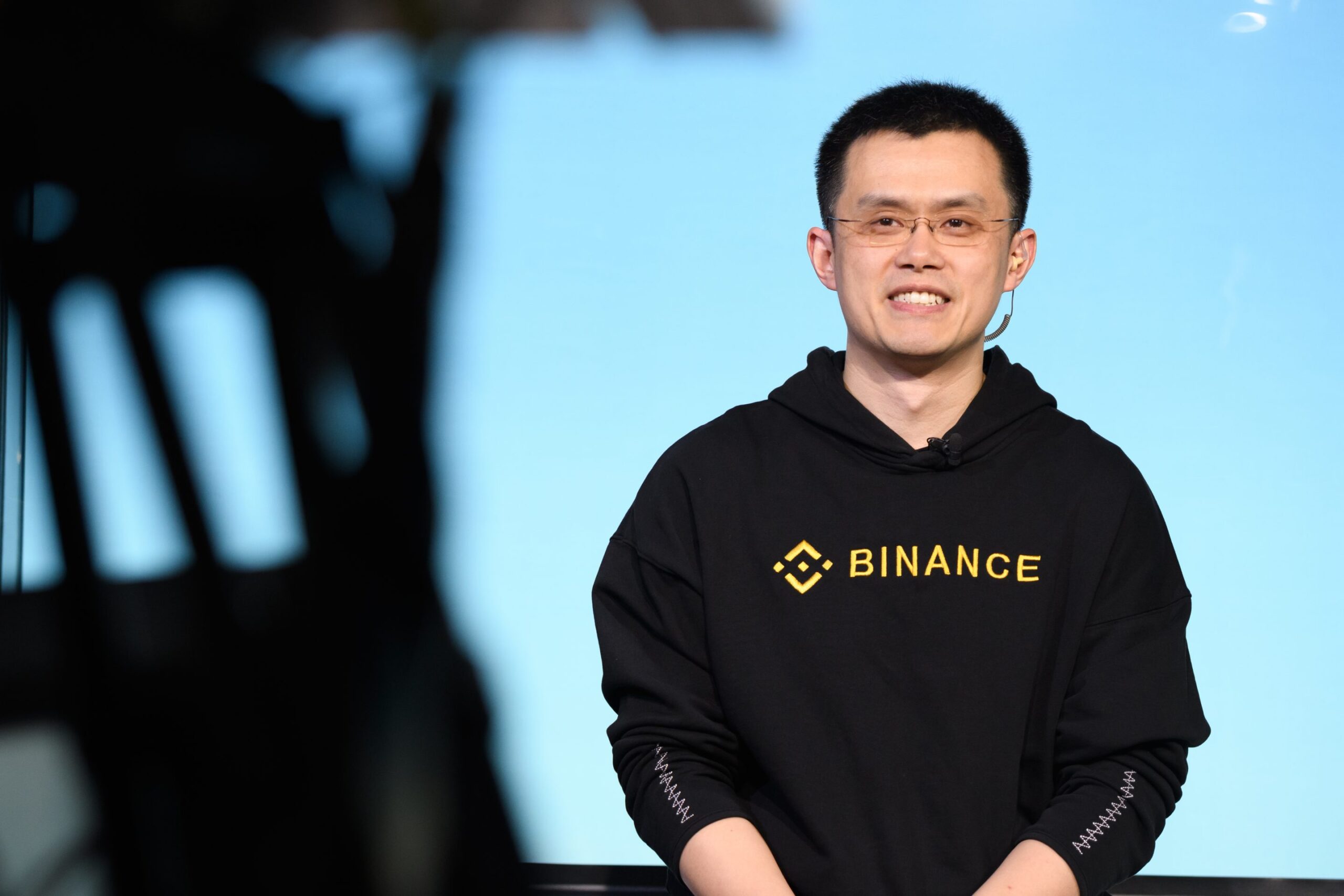This article requires some base knowledge of common terms associated with cryptocurrency.
Definition of a Blockchain
A blockchain is a list of records called blocks linked together using cryptography. Each block consists of a hash of a previous block, a timestamp, and the transaction data. Blocks all contain information about the preceding block, and they come together to form a chain. Blockchains are not easy to modify once they have been recorded because the data in any block cannot be changed without changing all the blocks that come after it.
Binance Chain and Binance Smart Chain
Binance, which was founded in 2017 by Changpeng Zhao, is a cryptocurrency exchange and the largest in the world. This is solely based on the volume of cryptocurrencies exchanged daily. In April 2018, Binance decided to create its blockchain and named it Binance Chain.

The main functionality behind the Binance Chain was to create a high-speed blockchain that was able to support large speed transactions.
The consensus chosen for the Binance Chain was the Tendermint consensus with instant finality. Binance Chain did not support multiple applications, instead of that, it focused mainly on its app, the Binance DEX.
The Binance DEX did not get as much attention as expected when it was created due to the accomplishments of Defi on Ethereum. Smart contracts were not a part of the Binance Chain during its creation and that was fast becoming a problem because it didn’t enable people to create their own applications.
At this point, Binance took a very interesting step. Instead of adding smart contracts to the Binance Chain which would have sacrificed some aspects of its performance, they decided to create a whole new blockchain to work alongside the existing one. That is where the Binance Smart Chain was born from.
Binance Smart Chain
In September 2020, Binance launched the Binance Smart Chain and came with the functionality to work with smart contracts from the get-go. The creation of such a project that comes with smart contracts usually takes a lot of work and could take years, instead of doing that, Binance leveraged Ethereum and forked their code, so that they could have the same features. This also made sense for popularity’s sake, as developers could quite easily move their work from Ethereum to this new space without major changes to their code.
Copying the features without making any changes does not make any sense and Binance noticed that. The Binance Smart Chain was optimized for low fees and was made to be both faster and cheaper than Ethereum. These features came about by sacrificing decentralization and were done by replacing the consensus mechanism and also changing parameters such as the Block Time and the Gas limit per block. Etheruem works on a Proof-of-Work consensus model while Binance Smart chain operates with a Proof-of-Staked-Authority model.
Proof-of-Staked-Authority (PoSA)
The PoSA consensus algorithm is, as you guessed, a hybrid one between the Proof-of-Stake and the Proof-of-Authority consensus mechanisms. It is the mechanism that Binance Smart Chain (BSC) works on. The model works in such a way that it gives shorter block time and much lower costs than the Proof-of-work that Ethereum uses.
The validators for the PoSA are contributors who “stake” a particular amount of BNB. After a block has been deemed valid by these validators, they receive transaction fees which are a reward for the transactions that were in that block. This also means that there is no creation of BNB as a reward for the validators but the reward is from existing BNB tokens.
The total number of active validators is always limited to 21 and only validators that are deemed active can validate transactions. These validators are ranked in order by the number of BNB tokens that they own and the top 21 validators with the most BNB validate the blocks.
This is where the tradeoff for decentralization comes in as Ethereum is known to have in excess of 70,00 validators while Binance Smart Chain only has 21 validators which are determined once a day. A user does not just validate transactions in BSC the way it can be done with either Bitcoin or Ethereum.
Validators can also encourage other BNB holders to delegate their tokens to them in exchange for a percentage of the transaction fee that the validator receives.
- Other Features of the Binance Smart Chain
- Independent BlockChain
Binance Smart Chain runs in parallel to Binance Chain, but it is a standalone chain. If BC stops functioning, BSC can carry out all its functions and does not rely on BC to run.
- A Dual-Chain architecture exists between both Binance blockchains. The interoperability of these blockchains means that there is an allowance for rapid trading on BC, while decentralized apps can be built on the BSC. This interoperability attends to numerous use-cases for users. BC’s BEP-2 and BEP-8 tokens can easily be swapped for the BSC’s BEP-20 tokens.
- As explained earlier in the introduction, BSC has compatibility with the Etherum Virtual Machine (EVM). This compatibility ensures that Decentralized app creators on other blockchains can easily move them over to Binance Smart Chain which will be an attractive proposition with the ever-increasing gas fee on Ethereum
Closing Thoughts
BSC extends the functionality that Binance now has to offer and its features offer great options to make it ideal for developers to build their decentralized applications. Its advantages are clear to see and alongside alternatives such as Polkadot and Cardano, there is expected to be some challenge for Ethereum to face. There are tons of guides on how to get started with Binance Smart Chain but one that I highly recommend is the Binance Academy Official Guide
- Ethereum 2.0 will transition to Proof-of-Stake
- Abbreviations Appendix
- Binance Smart Chain – BSC
- Binance Chain – BC
- Proof-of-Stake-Authority – PoSA
- Binance Coin – BNB
- Proof-of-Work – PoW
- Proof-of-Stake – PoS




[…] first smart contract blockchain, many others have risen to prominence, including Algorand, Solana, Binance Smart Chain, Cosmos, and […]